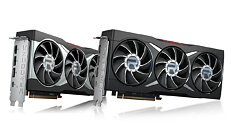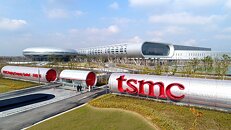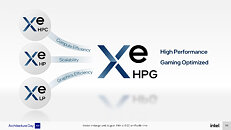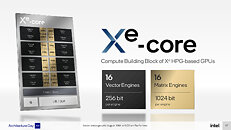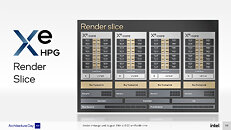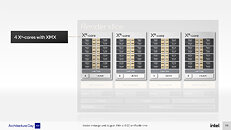
AMD RX 6950 XT, RX 6750 XT, and RX 6650 XT Pictured, Launching on May 10
AMD's Radeon RX product stack refresh for Spring-Summer, is reportedly set to launch on May 10, 2022. Here's the first picture of what a reference-design RX 6950 XT flagship, RX 6750 XT, and the mid-range RX 6650 XT, could look like. These reference board designs are essentially identical to the original RX 6000 made-by-AMD (MBA) reference designs, but ditch the two-tone silver+black color-scheme for an all-black scheme with some diamond-cut edges around the fan vents, and some piano-black accents.
At this point it is not known if this refresh sees the Navi 20-series ASICs optically-shrunk to the TSMC N6 (6 nm) silicon fabrication node, or if it's the existing 7 nm ASICs with their total graphics power (TGP) values dialed up to make room for increased engine clocks, and faster 18 Gbps-rated GDDR6 memory chips. It's interesting to see the RX 6750 XT now come with a triple-fan cooler that resembles the RX 6800 (non-XT) cooler in design, if not color. We're not sure if the RX 6650 XT reference design will ever make it to the real-world, or if it's just a concept, and the SKU is an AIB-exclusive (custom-designs only).
At this point it is not known if this refresh sees the Navi 20-series ASICs optically-shrunk to the TSMC N6 (6 nm) silicon fabrication node, or if it's the existing 7 nm ASICs with their total graphics power (TGP) values dialed up to make room for increased engine clocks, and faster 18 Gbps-rated GDDR6 memory chips. It's interesting to see the RX 6750 XT now come with a triple-fan cooler that resembles the RX 6800 (non-XT) cooler in design, if not color. We're not sure if the RX 6650 XT reference design will ever make it to the real-world, or if it's just a concept, and the SKU is an AIB-exclusive (custom-designs only).





